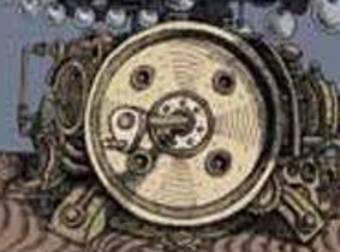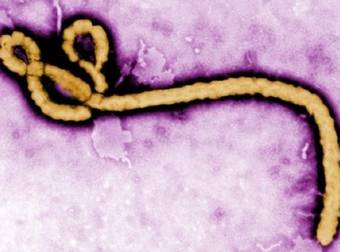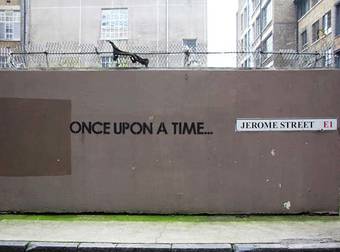No one can doubt there’s a beauty in science. The way things come together in life is miraculous. It’s as though this universe serendipitously creates solutions that can push the world forward. It’s also literally, visually breathtaking, even if the naked eye can’t always see it. Luckily for us, there’s a way to share that beauty with the world.
Cambridge University holds an annual engineering photography contest, where facets of engineering can be viewed in a more artistic light. Allan McRobie, a lecturer in engineering at Cambridge describes the contest as “a chance to wander outside its merely utilitarian aspects into dimensions such as beauty, humor and even humanity to find unexpected connections and poetic resonance.”
1st Prize: Adrianus Indrat Aria: Asteroidea Electrica
2nd Prize: Yarin Gal: Extrapolated Art
3rd Prize: Anthony Rubinstein-Baylis: Francis the Engineer
McRobie serves as one of the judges in the competition, and as such, he gets to look at some of the incredible beauty that comes with the engineering field. He is privy to the integration of science and art, research and creativity that allows us to solve problems of all kinds and make the world a better place. The competition is sponsored by ZEISS, a company that produces optics and optoelectronics, and this year had five categories, including one for images captured with an electron microscope. The project is open to anyone in the university’s Engineering Department, and the only rule is that the image must correspond to an ongoing project or research in the Department.
Tanvir Qureshi: Concrete Crack Bridge for Self-Healing
James Griffith: Fractured Rainbows: Mode II Cracks in Glass I
Calum Williams, Yunnen Montelongo & Jaime Tenorio-Pearl: Lens Array
Rose Spear: 10 Fibrin
Michael De Volder: Carbon Nanotube Clover Field
Dhiren Mistry: Stretch and Swirl I
You can see the rest of the entries on the Engineering Department’s Flickr page.
 share
share
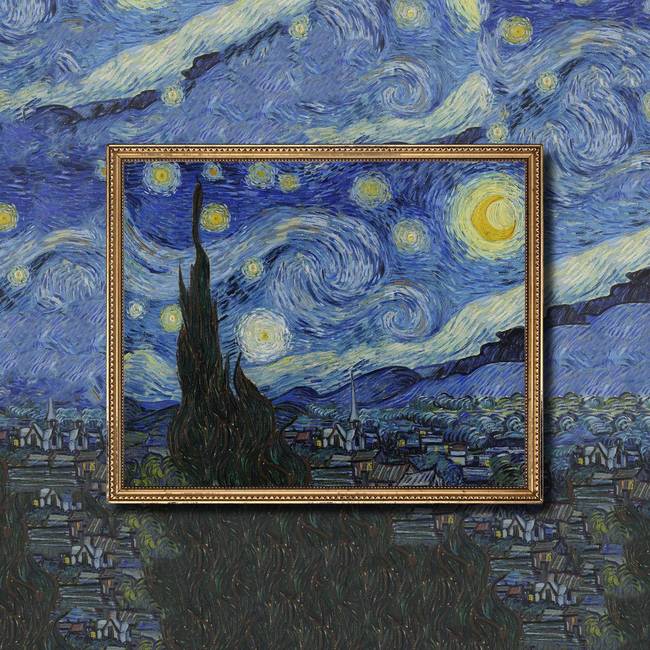 share
share
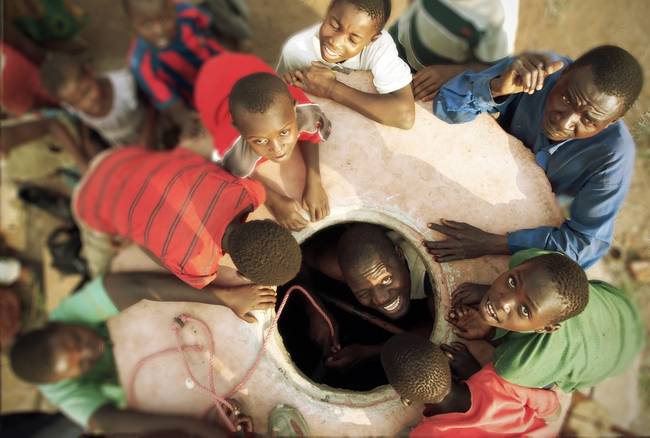 share
share
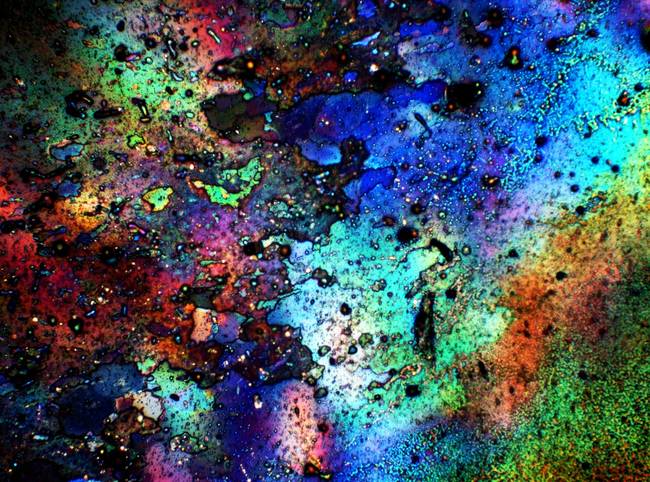 share
share
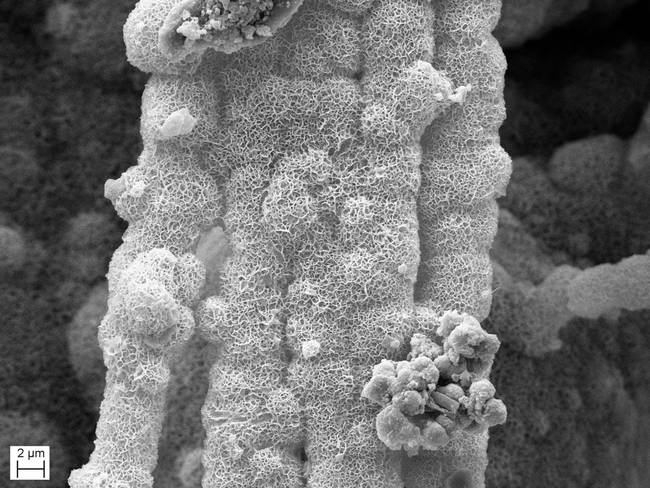 share
share
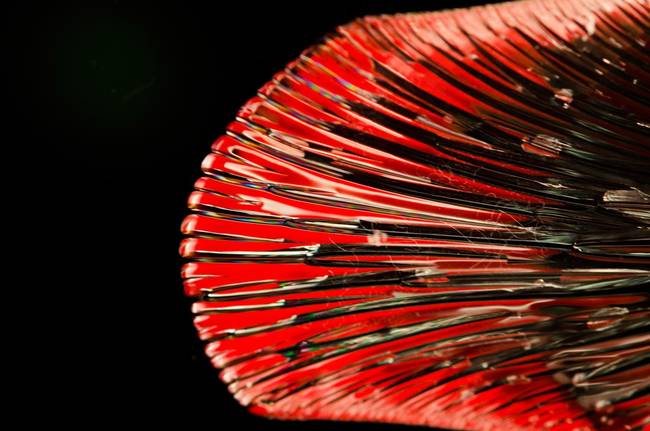 share
share
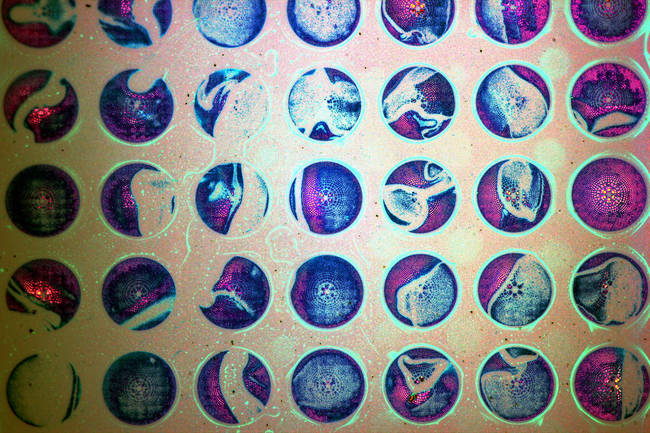 share
share
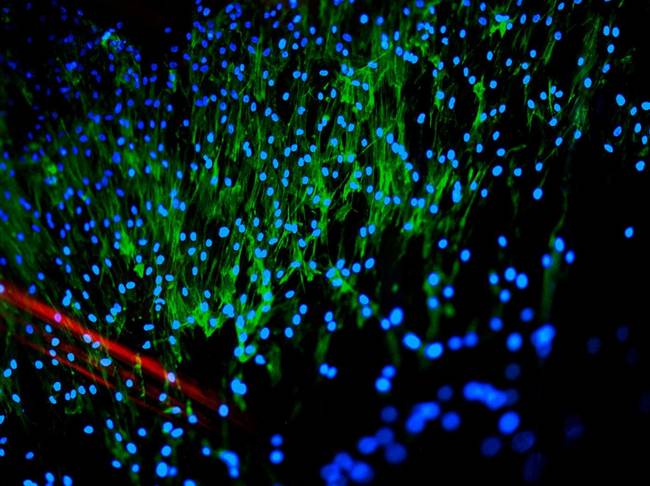 share
share
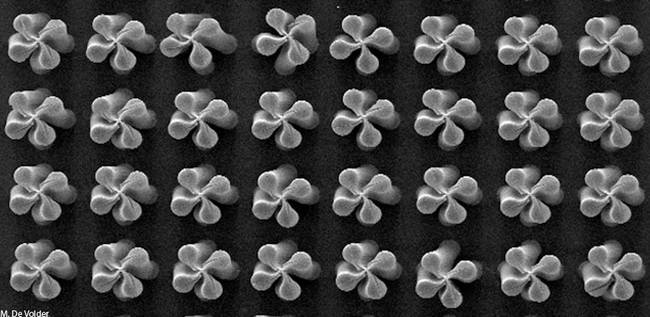 share
share
 share
share

